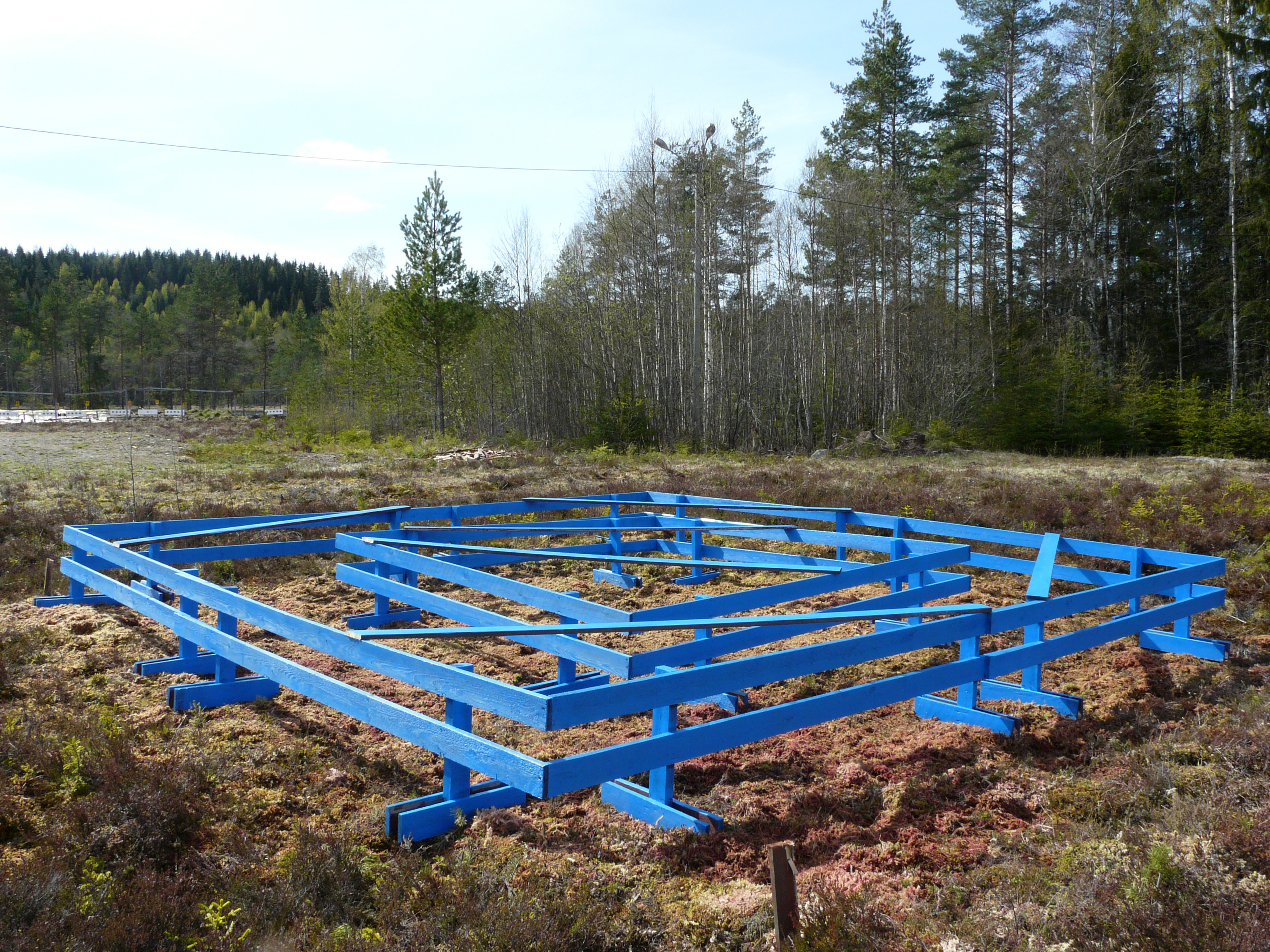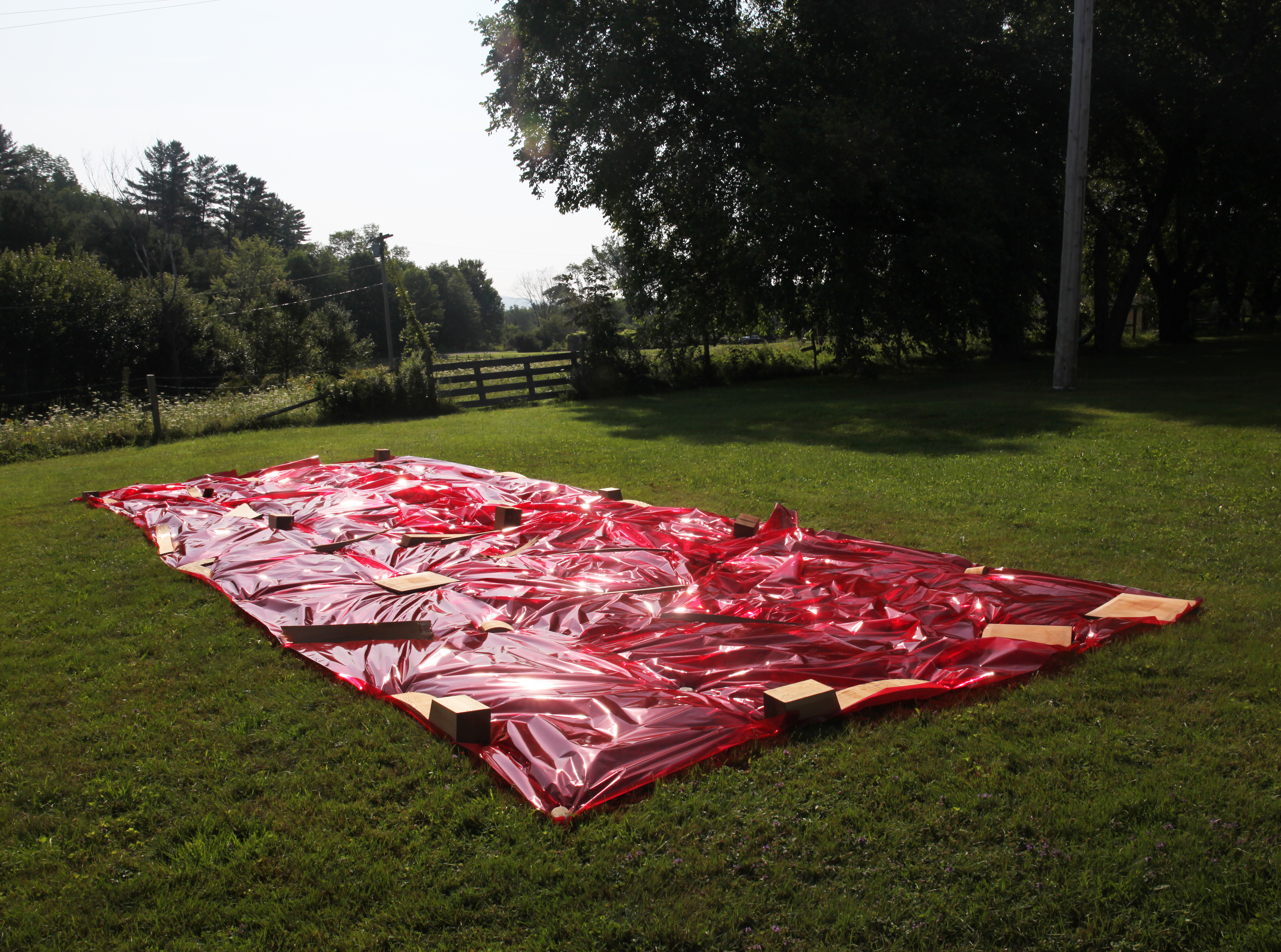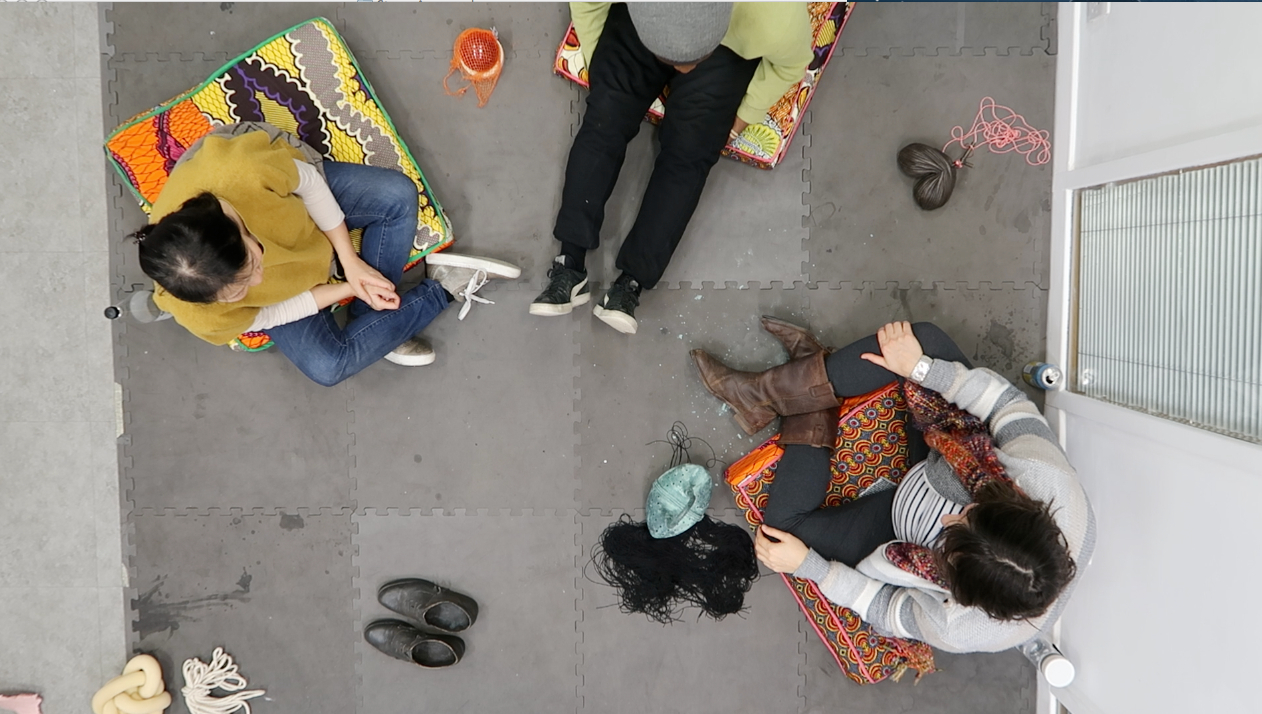Eugene Macki
Interview by Paul Harrison
-
Published September 2018
-
As an artist what does your work entail; can you define what drives you to make work that is widely acknowledged as art?
My work occupies multiple territories from sculpture, installation, performance and sound. In a broad sense, I am interested in the idea of making as a developmental process, and a meditative action. What drives me is the desire to create, and to contribute to the history and development of art.
I can remember when I first met you as a student you were very heavily invested in sculpture and installation and even here an artist might find the breadth of potential processes difficult to navigate but you seem to have a strong intuitive relation to your own desire to create and to contribute to art. Where does this come from?
Also, (sorry for the two questions in one) I find, at least from a traditional, perhaps outdated, perspective that to make art you are automatically embroiled in the production of objects. This makes me think of Descartes in his meditations he has this discussion on what constitutes reality and objectivity. Memorably, he uses the melting wax of a candle to comment on change and asks, after the wax has melted is the object still a candle? This is then thought of in terms of primary, and secondary qualities; I wonder during in making your work have you ever considered such things as actuality and potentiality?
When we first met as a student, I was moving back and forth between objects, installation while also thinking about space and architecture. I have been in love with sculptural ideas since I was sixteen years old. I embrace different processes and the more possibility the work holds, the more interesting it is for me. I am not sure where the desire to create and to contribute to art comes from, perhaps because I find myself constantly searching. To make art you are first embroiled in thinking either conscious or unconscious. The production of objects is an extended part. Actuality and potentiality are philosophical terms, of facts and transitions. I often contemplate those two areas before I begin. During the process, my work is geared towards the possibility of an abstraction within an open-ended system.

Kind of Blue, Atelier Austmarka, Norway, 2015.
What specific sculptural ideas are you referring to? I think your answer is great and in your reply traces of Freud and Aristotle are present. I have a bone to pick with Aristotle I think his idea that actuality takes priority and primacy I take to be wrong; to my mind it is the opposite. Anyway, talk of possibility is also next to abstraction and systems in the end of your answer, and it made me think of one of my favorite artworks. Hans Haacke’s ‘Condensation Cube’ (1965) does not represent an open-ended system but a closed one. I want to ask you two things: a) is there an artwork that has always captivated you? b) What do you think to the notion that art is a material science?
To discuss specific sculptural ideas at this current moment would take hours. Just briefly, the question I would bring forward without inscribing an answer is, what does it mean to exist and what is the role of objects within this field of existence. In regard to Aristotle and the subject of actuality and potentiality, in any form of existence before we discuss potentiality, you need a focal point. To say a person has potential, you have to first examine the person. One of the pieces that influence potentiality is character. Moving forward - possibility and abstraction can exist at the same time and in the same space. How the work becomes part of this complex yet subtle symphony is extremely important to me. You mentioned Hans Haacke’s ‘Condensation Cube’. With some works of art, the dialogue and interaction with the space it occupies can be part of a much wider system. And in this case, Haacke shifted the conversation between object in space and object in the realm of the mind.
I don’t have a particular artwork that has captivated me. But I had an encounter that can be of equal value. Many years ago, I visited the Victoria and Albert Museum. I came across the work of Auguste Rodin, the French figurative sculptor. I felt some of the sculptures were very romantic. As time passed, I became less interested in his work, but remained captivated by the idea that an artwork can be romantic. To answer the second question, the notion that art is a material science is valid and subjective. Art is not dependent on one particular viewpoint. The history of a material, the property and performance are critical, but the ideas that breathe beneath the surface and surround us is of great significance.
I once went to the Rodin museum in Paris. It was great and it had a model of ‘the gates of hell’ which wouldn’t be an artwork I would associate with romance. Anyway, this Rodin work was incomplete and I thought a lot of your work in your recent residencies seemed to also be less than complete. So, I wanted to ask you if whilst working through ideas you have ever encountered moments when it seemed impossible to work with a material, object, or space? Could you give a specific example and explain how you navigated such an issue?
I agree and one would not automatically associate ‘the gates of hell’ with romance, but there is a feeling of excitement just the way each figure interacts and the notion of becoming. I don’t consider one work to be complete. Each idea is a sketch and one thing lead to another. I have had moments when I didn’t want to make my work in direct contact with the space because I was trying to stay away from site specificity. For example, during my residency at Skowhegan, I arrive not wanting to do work in relation to the site, but because the location provided me with ideas it was hard to resist. I don’t think it is impossible for me to work with a material, object, or space because my motivation is to test and find possibilities within each of these territories and to go beyond that. The struggle and excitement come from constantly trying to experience and look at ideas in a different way. How I navigate through the struggle is unknown, I just love making and thinking about my work.

Third Breath, Skowhegan School of Painting and Sculpture, 2018
Your red works at Skowhegan are very bodily, very fleshy, very bloody. The body is a very strange but precious object yet it's different to each of us. What interpretation of your work would you agree with more: a) your work is an attempt to understand a world? Or, b) an expression of a need to connect your body to the world?
Really good question and I would go with both. To understand we also need to connect. With my work, the aim is not to claim one answer, but a state that allows for multiple things to be part of a larger conversation. The body is a fascinating idea because it exists both as a subject and object. How subject and object moves and occupy space is very inspiring to me.

Substitution and other Enacted Stories, Stone Space Gallery, London, 2018
The collective project, Substitution and other Enacted Stories exhibited at Stone Space Gallery has this process of shared making at its heart. I wonder if during times like this you feel Art naturally supports a radical agenda. That, an individual artist vanishes and that the working through ideas; or even the creation of ideas finds its flow? In Art there exists a potential freedom and I was wondering if you believed that new ways for humans to be could be found in moments of shared creative processes?
Art and a radical agenda can support one another. With ‘Substitution and other Enacted Stories’, an individual existed within the collective. We wanted to allow each person to add and possibly disrupt the conversation. The process is what defined this particular project and working, as a collective was a way to connect with each other through making. Almost like a therapy session.
Yes, I agree and I firmly believe there is a level of freedom in Art, at least from a philosophical point. To be honest, new ways for humans to be could be found anywhere. Although I feel being in that collective frame of mind brings satisfaction and enjoyment.
Night Shift, Unit 1 Gallery, London. 2018
-
Eugene Macki (b.1988) studied at Chelsea College of Arts and Sheffield Hallam University. Macki lives and works in London and was awarded a fellowship to attend ‘Skowhegan School of Painting and Sculpture: Summer residency program in Maine USA (2018).
-
www.eugenemacki.com
-
If you like this why not read our interview with IT’S KIND OF HARD TO EXLAIN (IKO)
-
© 2013 - 2018 YAC | Young Artists in Conversation ALL RIGHTS RESERVED
